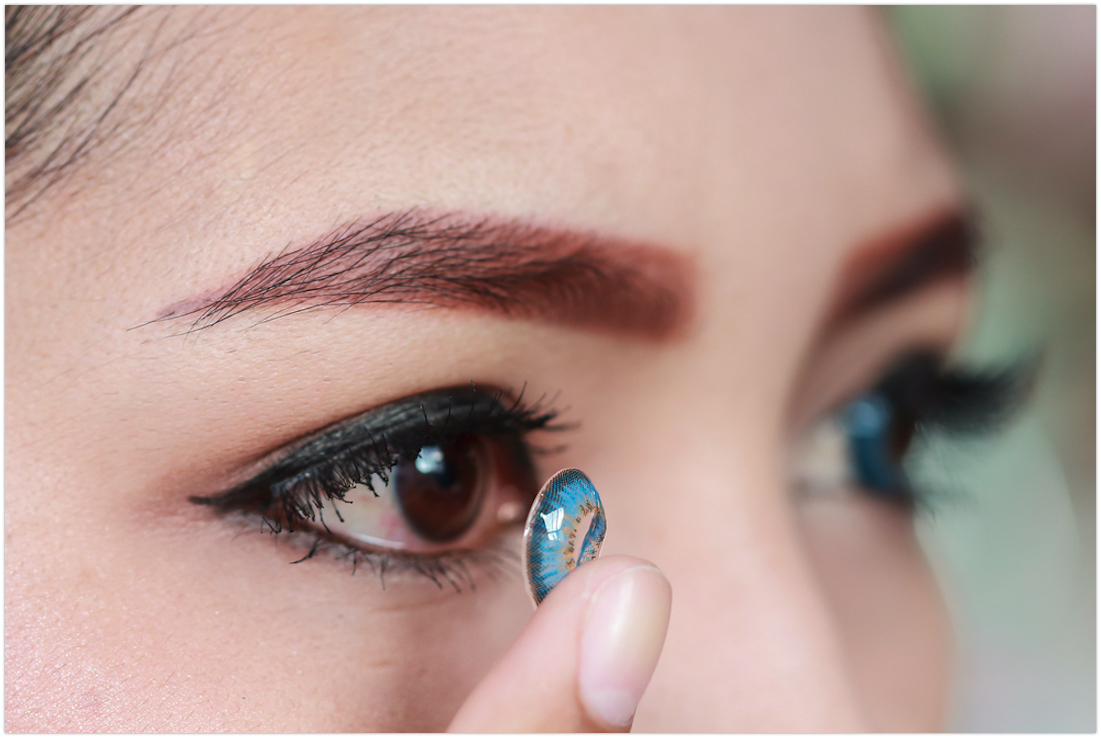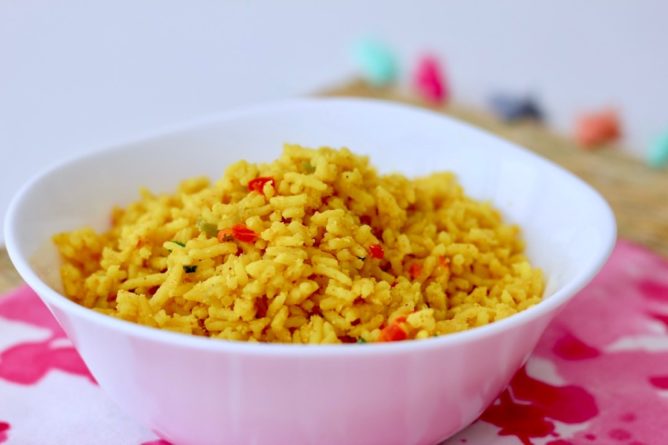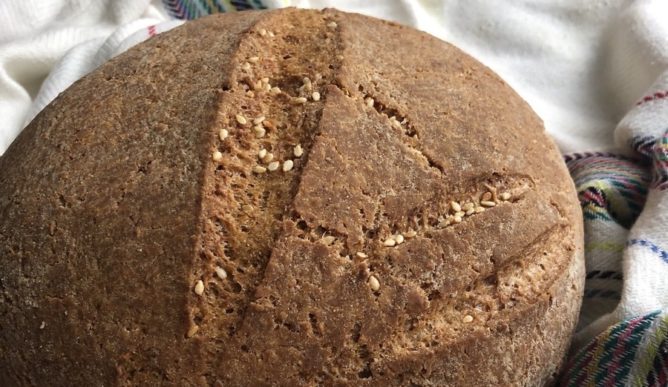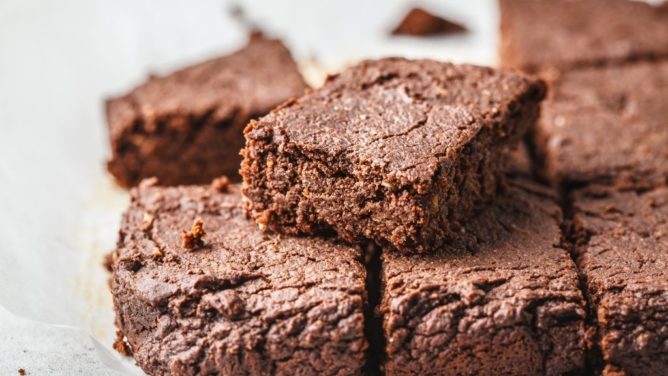Wall ball exercises are a staple in strength training workouts for their benefits to strength, power, and coordination. And because these exercises generally work all four limbs, you’re sure to get a full-body workout.
If you’re up for a rounded test of your fitness, then we dare you to take the wall ball challenge. Read on for more on how to incorporate wall ball exercises into your routine.
What Are Wall Ball Exercises?
Wall ball exercises offer a compound, high-energy workout that involves throwing a weighted medicine ball against a wall or other hard upright surface. Many moves incorporate a lower-body component, combining the throw with a squat, a lunge, or a side shuffle, making it a full-body exercise with a high cardiovascular demand.
Note that wall ball exercises are different from stability ball exercises, which involve a large, inflatable ball that most often remains on the floor and is used by the body for leverage. Wall ball exercises, conversely, require a smaller ball that is used specifically for throwing.
How to Choose a Medicine Ball
Medicine balls come in a range of weight options that generally run from five- to 30-pound loads. Typically, you’ll choose a wall ball based on your body size and the type of exercise you’re doing. Select lighter balls for speed training and heavier balls for power and strength workouts.
There are two different types of balls to choose from: One is rubbery and bounces a lot, while the other larger, softer ball bounces very little. Each type of medicine ball customarily has a padded outside layer so that it can be gripped and caught easily.
How to Do a Wall Ball Exercise

Although there are many different wall ball exercises, the following is a tried-and-true wall ball movement designed to hit many muscles at once.
- Stand about two feet in front of a wall with your feet hip-width apart. Keep the wall ball between your hands at chest height. Squeeze your elbows into your sides.
- Sink into a squat until the crease of your hip is at or below your knees. Descend as low as you can, while maintaining a neutral arch in your spine. Keep the ball close to your chest on the way down.
- Keeping your chest up, push your body away from the floor and throw the ball at the wall, aiming for a spot about eight feet off the ground.
- Catch the ball following contact with the wall and sink back into your next squat.
- Repeat the exercise.
Benefits of Wall Ball Exercises
“Wall ball exercises are excellent additions to your fitness arsenal,” says Alison Heilig, a CrossFit coach, and NASM-certified personal trainer. Here are just a handful of reasons why we agree with Heilig.
1. Engage multiple muscle groups
It’s pretty tough to find a wall ball exercise that doesn’t work for multiple major muscle groups. Most moves combine upper- and lower-body engagement, “and work basically your entire body in one compound movement,” Heilig says. You can build strength in your shoulders, core, chest, arms, glutes, and legs in a single rep.
2. Build explosive power
Wall ball exercises are a great way to add some explosive power to your training, says Holly Janiszewski, a Minneapolis-based personal trainer and founder of Holly J Fitness. The important difference between power and strength is that power is force (strength) combined with speed.
It requires a significant amount of force to slam the medicine ball against the wall and, over time, you may notice an increase in power that allows you to throw the ball harder and faster.
3. Boost your heart rate
Because wall ball exercises recruit an impressive number of muscle groups, they’re good at getting you sweaty and breathless. So you’ll benefit from adding a few to a HIIT or circuit training routine to jack up your heart rate. You can create more of a cardio focus by choosing a lighter ball that can be thrown for more reps at a faster pace, Heilig says.
4. Improve balance and coordination
No matter which variation you choose, wall ball exercises can help you develop greater balance and coordination. To perform any wall ball exercise, you need to coordinate your mind and body.
Wall Ball Exercise Variations
Performing variations on wall ball exercises is a sure way to beat boredom. The following wall ball exercises build on the basic move for a more challenging workout.
1. Standing chest pass

To target your shoulders, chest, and arms, try the standing chest pass.
- Stand at least three feet away from the wall with your feet shoulder-width apart (soften your knees to protect your joints). Hold the a soft wall ball between your hands at chest height.
- Engage your core and press down into the floor with your feet. Explosively throw the wall ball into the wall as hard as possible and catch it on its return.
- Continue to throw the ball back and forth repeatedly for reps.
2. Chest pass with lateral shuffle

Not only does this exercise work your shoulders, chest, and arms, it also spikes your heart rate with quick, lateral movements.
- Follow the same instructions for the chest pass, but shuffle laterally from side to side (about 15 feet) as you throw the ball against the wall. So, throw, shuffle, throw, shuffle.
3. Wall ball side slam

As you rotationally slam the ball against the wall, you’ll engage all the muscles that comprise your core.
- Stand sideways with your left shoulder a little more than arms-length away from a wall. Place your feet shoulder-width apart. Hold a wall ball with both hands at belly height and extend your arms out in front of you. Soften your elbows.
- Twist your torso away from the wall toward the center of the room. Then, turn your torso quickly back toward the wall to throw the ball against the wall as hard as possible.
- Catch the ball on the rebound and repeat continuously for the assigned rep count. Turn and repeat the drill on the other side.
4. Split-stance lateral toss

The split stance lateral toss exercise targets multiple major muscle groups (shoulders, core, chest, arms, glutes, and legs), while challenging balance.
- Hold a wall ball with both hands at your chest and stand sideways about arms-length away from a wall. Come into a split-leg, lunge with both of your legs bent to 90 degrees. With the right side of your body turned towards the wall, step your left foot forward and your right foot back. Track your front knee vertically over your shin. Hover your back knee above the floor.
- Bring the ball to your outside hip, then twist your torso and toss the ball against the wall as hard as possible.
- Catch the ball on the rebound and immediately bring it back to your outside hip. Repeat for reps, then repeat the drill with the left side of your body turned towards the wall.
Wall ball exercises are tough, but they’re also fun — especially if you need to blow off some steam after a frustrating day. Try out any variation at the end of a bad week, and you’ll see what we mean.

















 About Tom Venuto
About Tom Venuto














